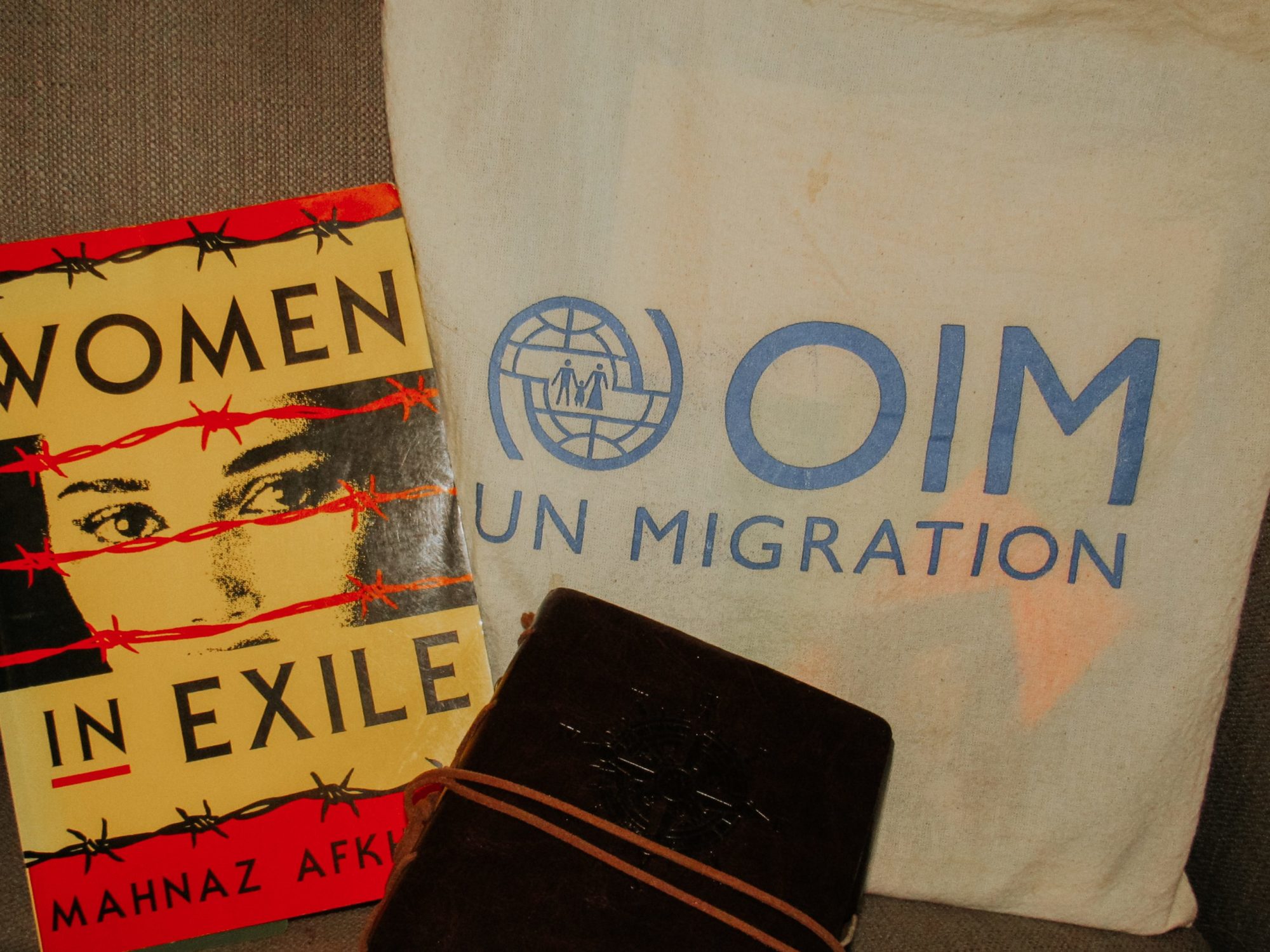Last summer, I was fortunate enough to visit and speak with officials at international organizations about my research and advocacy passion: immigration. On some days, I learned about the challenges related to health provision in refugee camps at the World Health Organization. Other days, I spent time discussing the nuanced differences between refugees, asylum-seekers, and migrants with officials from the International Organization for Migration. These visits helped me understand how international organizations and laws seek to respond to human migration flows.
While talking with officers from these and other organizations in Geneva and Rome, I became more aware of the range of common misconceptions about immigration. Through many conversations with immigrants themselves and explorations of the writing of immigration experts, I broke down my preconceived notions on this crucial subject. My research points to misunderstandings and misconceptions as a major source of bias and discrimination directed toward immigrants.
In this post, I want to address some of the biggest misconceptions that I encountered. These misconceptions limit our capacity to view immigrants as equals within our societies, and discourage us from embracing the rich diversity of thought that immigrants contribute.
Refugees, migrants, and asylum-seekers are all the same
While in casual conversation or in the media these terms are often thrown around pretty interchangeably, they refer to very different groups of people. Under international law, refugees are people who must flee their home countries and seek protection in a new state because of fears of persecution. These individuals are protected by the mandate of non-refoulement, which I describe in my post on climate refugees. Refugees are settled in new countries by the United Nations High Commissioner for Refugees, meaning they undergo a formal, and often lengthy, process of migration.
Asylum-seekers and migrants are different from refugees in important ways. Asylum-seekers face the same insecurity as refugees, fleeing because of persecution on the basis of political opinion, race, religion, nationality, or membership in a particular social group. They differ from refugees because their claims of persecution still need to be assessed before they can become refugees.
Migrants are the most insecure of these three categories of immigrants. There is no international law defining who migrants are, and what rights they have. Instead, the International Organization for Migration defines a migrant as a person who moves away from his or her place of usual residence for a variety of reasons. Migrants move temporarily or permanently, and they move both within national borders and outside of them. They have little access to the protections of non-refoulement, and they lack the support systems built to help refugees and asylum-seekers become citizens in their new homes.
It’s easy to become a refugee
This misconception puzzles me, because refugees must go through numerous security screenings, invasive health exams, and stressful interviews only to be stuck in a multi-year process for resettlement. Refugees fleeing persistent persecution and untenable living conditions almost always encounter these same problems on their journeys to resettlement. They often stay in overcrowded refugee camps with minimal resources for multiple years at a time, or they must wait in cities on the outskirts of refugee camps, where they can become prey for labor and sex-trafficking.
In addition to the experiences they face while they wait for news about resettlement, refugees are burdened by arduous requirements for proving themselves as good candidates for resettlement. Refugees wait an average of two years to be fully processed and selected for resettlement in the U.S. After that, they often face a lifetime of psychological trauma and a loss of cultural identity because of resettlement. Refugees also face a highly selective process in order to gain recognition and then be recommended for resettlement in some of the most well-developed states. In the case of the U.S., the refugee quota for last year dropped to 30,000 (down from 85,000 in 2016). Given the fact that there are over 19.9 million refugees worldwide, this is a highly competitive process for very few admissions.
Immigrants are a burden on society
This last misconception is the most understandable to me. After all, most people know a family member or friend who has faced unemployment, so it makes sense to be worried about your tax dollars and your economy’s job availability. This misconception has been empirically disproven by a variety of trusted organizations. According to research conducted by the UNANCA, refugees are more entrepreneurial than their native-born counterparts, and they generate more economic activity for their host countries than they expend from initial refugee support services. My next post will examine how immigrant communities contribute to local economies and can also mitigate some of the inequalities associated with urban gentrification.
Thankfully, there are many international organizations and local community organizations that seek to improve the lives of immigrants and break down the stigmas relating to immigration. To learn more about local organizations taking steps to educate the community and help integrate new arrivals to Nashville, click some of the links below!
Tennessee Immigrant and Refugee Rights Coalition
Nashville International Center for Empowerment
- State of the UNIONS: Welcome to September’s Impactfull Series - September 2, 2022
- What We Can Learn from the Ukrainian Refugee Crisis - March 29, 2022
- The Olympic Effect: Changes in Host Communities - February 21, 2022
